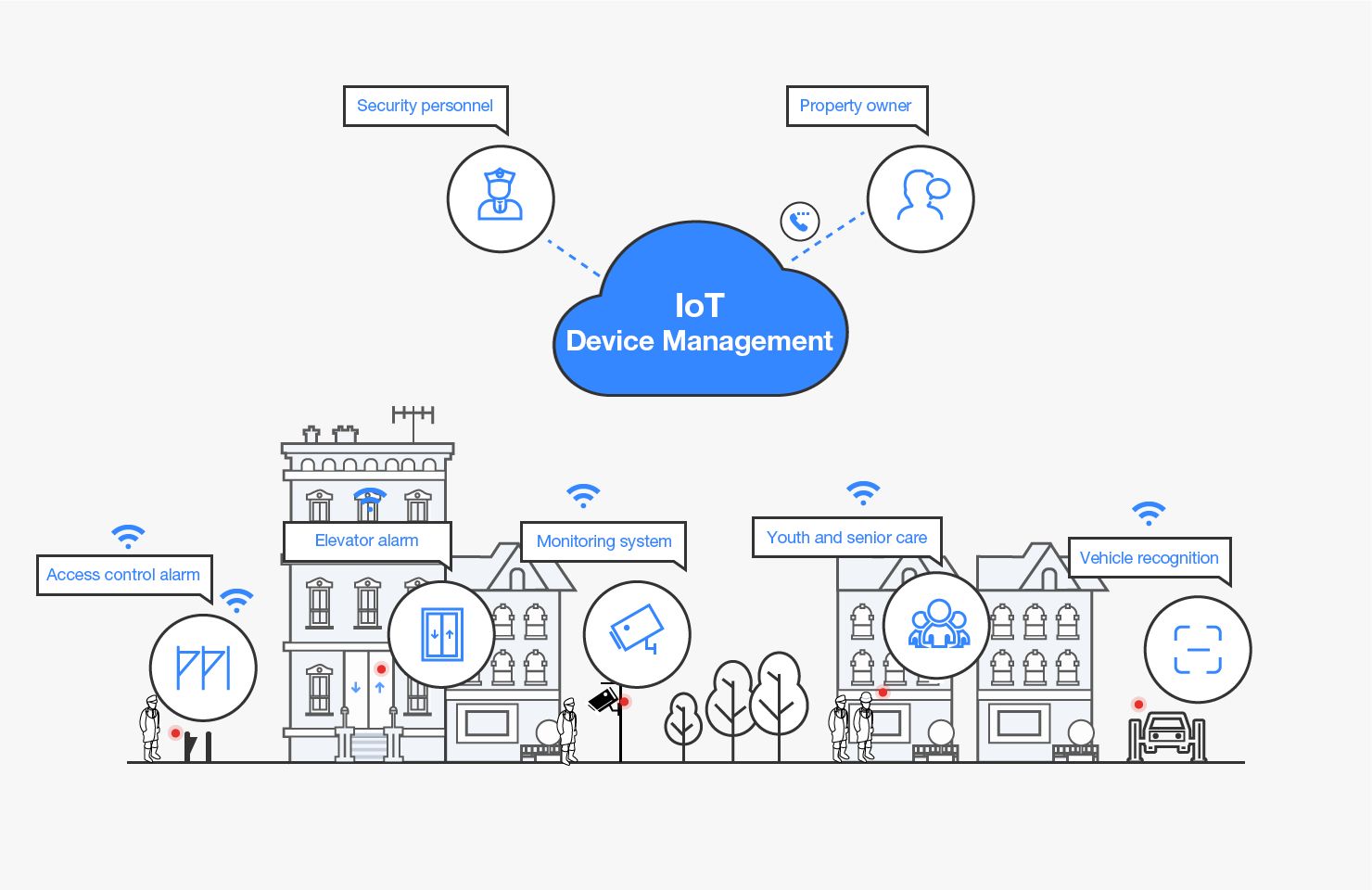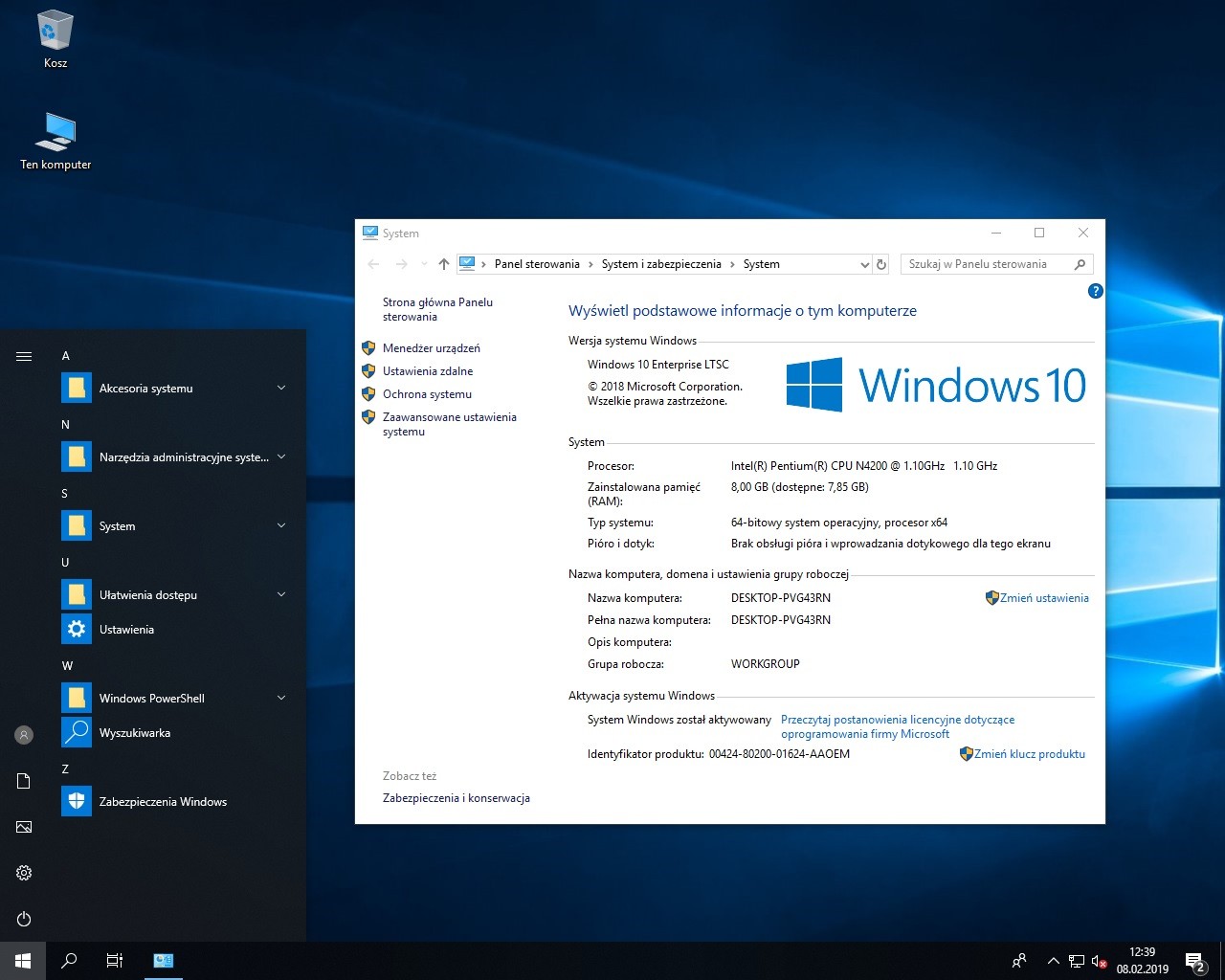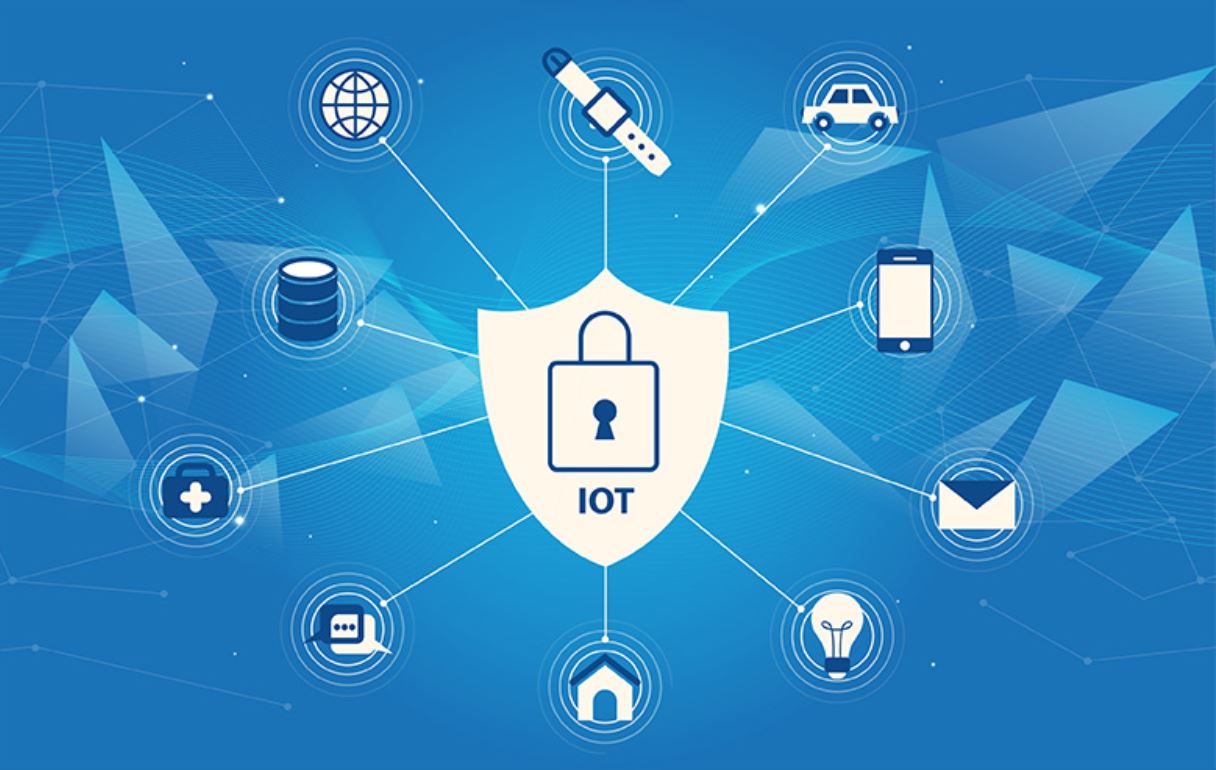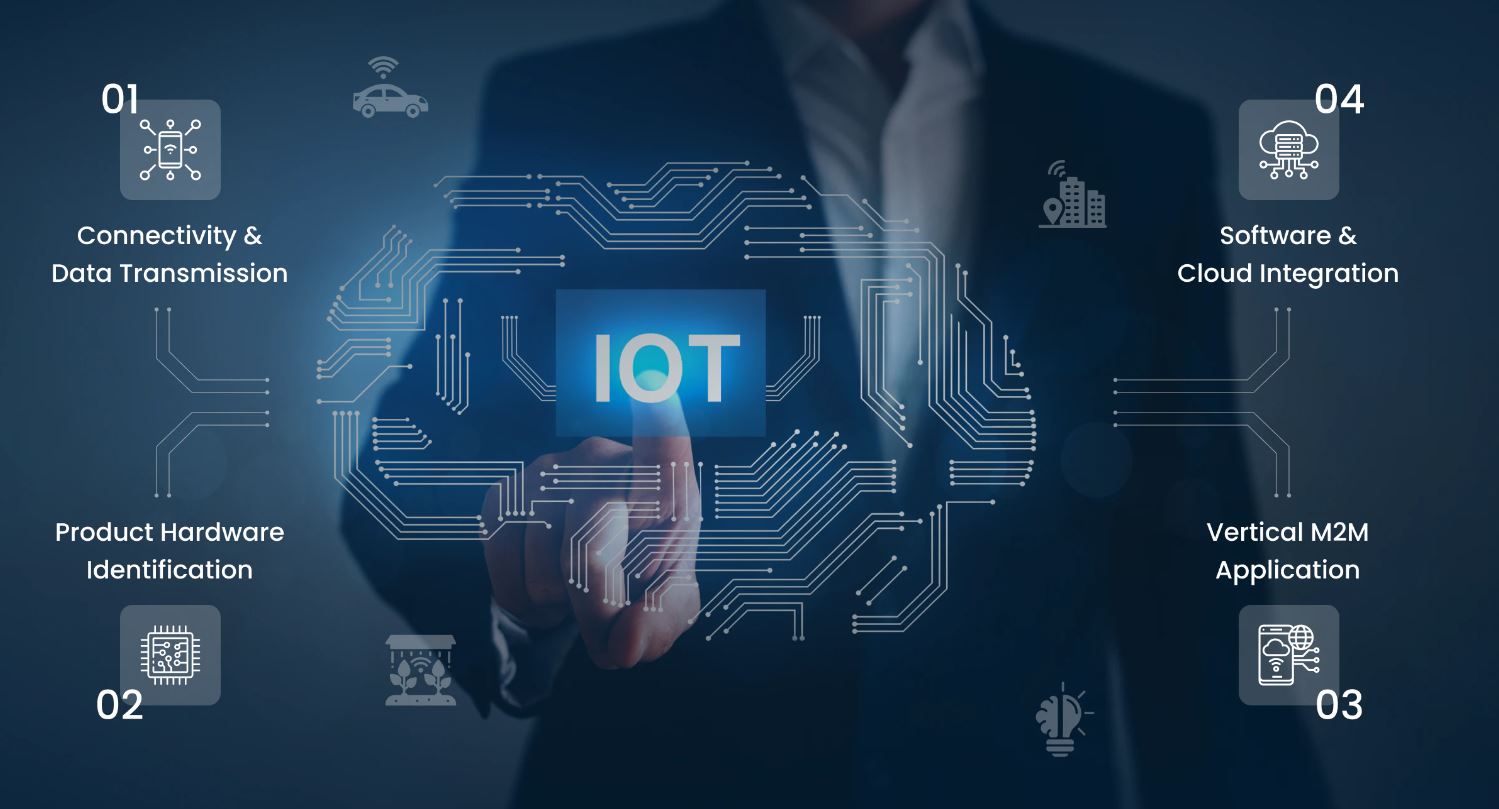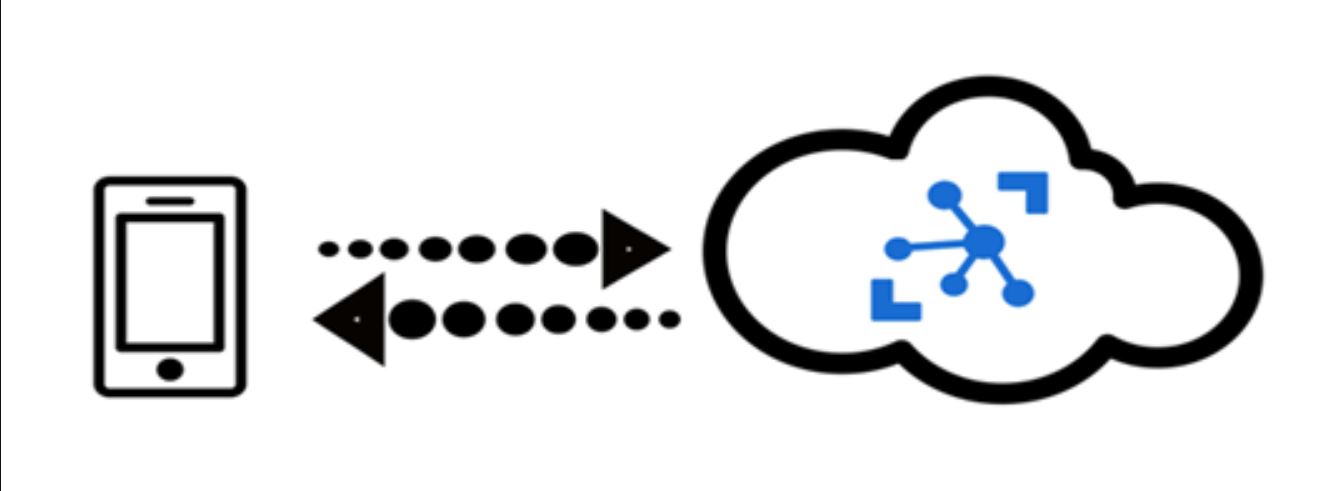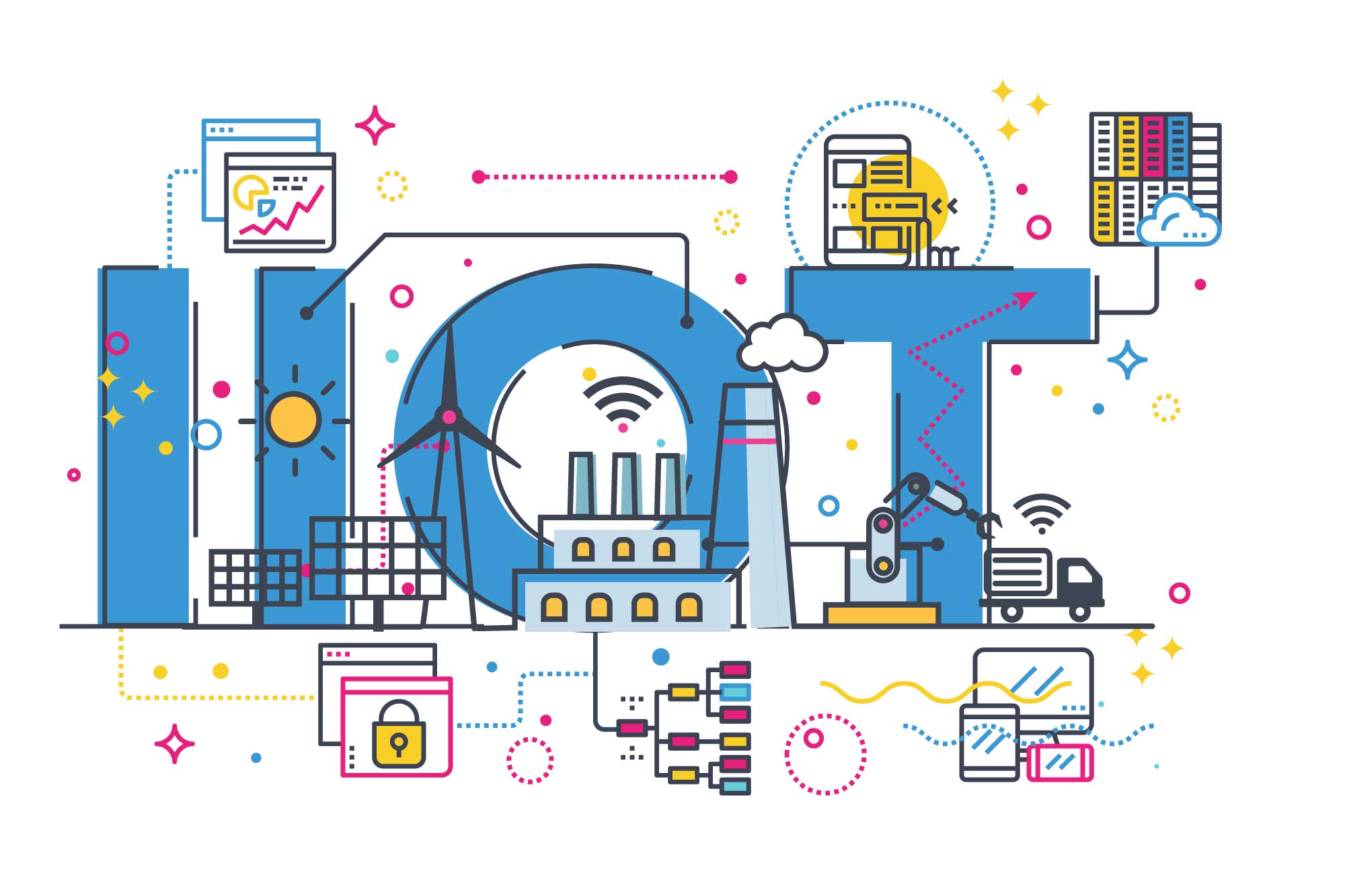Introduction
Technology has revolutionized the way we live and interact with our surroundings. The Internet of Things (IoT) has emerged as a transformative force, connecting billions of devices and enabling seamless communication between them. As IoT continues to expand, the need for effective device management becomes paramount.
IoT device management refers to the processes and tools used to oversee and control the vast network of connected devices. These devices range from smartphones and wearables to home appliances and industrial machinery. With the sheer volume and diversity of IoT devices, managing them efficiently and securely is crucial.
IoT device management involves various tasks, including provisioning, monitoring, updating firmware, troubleshooting, and securing devices. It addresses challenges such as device compatibility, scalability, data management, and security vulnerabilities. By implementing robust and comprehensive device management strategies, organizations can ensure the optimal performance, security, and longevity of their IoT ecosystems.
While IoT device management may seem complex, its benefits are significant. Centralized management allows organizations to streamline operations, reduce costs, and enhance productivity. It enables remote monitoring and control, facilitating predictive maintenance and timely troubleshooting. Additionally, effective device management ensures adherence to regulatory compliances and data privacy standards.
Nevertheless, managing IoT devices comes with its own set of challenges. The exponential growth of connected devices, along with heterogeneous networks, can pose interoperability issues. Moreover, ensuring the security of IoT devices and protecting the data they generate is an ongoing concern.
To overcome these challenges, organizations must adopt best practices in IoT device management. This includes implementing robust authentication mechanisms, encryption techniques, and access controls. Regular firmware updates, real-time monitoring, and analytics-driven insights are also crucial for maintaining device performance and security.
As technology continues to evolve, the field of IoT device management is constantly evolving as well. Rapid advancements in cloud computing, artificial intelligence, and edge computing are opening new possibilities for managing and optimizing IoT devices.
In this article, we will explore the various aspects of IoT device management. We will delve into its importance, key features, benefits, challenges, best practices, and emerging trends in the field. By understanding the intricacies of IoT device management, organizations can harness the full potential of their connected devices and drive innovation in the digital era.
Defining IoT Device Management
IoT device management, as the name suggests, refers to the processes and tools used to effectively manage and control a network of connected devices in the Internet of Things (IoT) ecosystem. With the proliferation of smart devices and the exponential growth of IoT, device management has become crucial for ensuring seamless operation, security, and scalability.
IoT device management encompasses a wide range of activities and functionalities. It includes tasks such as provisioning, monitoring, configuring, updating firmware, troubleshooting, and securing IoT devices. The goal is to ensure that the devices function optimally and adhere to organizational policies and security standards.
One of the primary aspects of IoT device management is the initial device provisioning process. This involves securely connecting and onboarding devices to the network. During this stage, the devices are authenticated and authorized to gain access to the network, ensuring that only authorized devices can communicate and exchange data.
Once the devices are provisioned, effective monitoring becomes essential. IoT device management systems continuously monitor the devices, collecting real-time data on their performance, health, and security. This allows organizations to promptly detect and address any issues or anomalies, ensuring smooth and uninterrupted operations.
Configuration management is another vital aspect of IoT device management. It involves managing the software configurations and settings of the devices. This includes setting up network connectivity, configuring device-specific parameters, and managing software updates. Efficient configuration management ensures consistency and standardization across the IoT device ecosystem.
Furthermore, firmware management plays a crucial role in IoT device management. Firmware, often referred to as the device’s ’embedded software,’ controls the device’s functionality and behavior. Regular firmware updates are necessary to fix bugs, enhance performance, and address security vulnerabilities. IoT device management systems automate the firmware update process, ensuring that devices are always up to date and secure.
Security is a critical concern in IoT device management. As devices are interconnected and exchange sensitive data, securing them is essential to prevent unauthorized access or data breaches. IoT device management systems implement robust security measures, including authentication, encryption, access control, and intrusion detection systems (IDS). Regular security audits and vulnerability assessments are conducted to identify and mitigate potential risks.
In summary, IoT device management encompasses provisioning, monitoring, configuring, updating firmware, troubleshooting, and securing connected devices. It ensures that devices are authenticated, monitored, and updated, while adhering to the organization’s security standards. With effective IoT device management, organizations can harness the full potential of their connected devices, driving innovation and unlocking new opportunities.
Why IoT Device Management is Important
The Internet of Things (IoT) has brought about a massive transformation in various industries, connecting billions of devices and revolutionizing the way we live and work. However, managing this vast network of connected devices is not without its challenges. This is where IoT device management plays a crucial role.
Effective IoT device management is vital for several reasons:
- Optimal Performance: IoT device management ensures that connected devices operate at their optimal performance levels. With centralized monitoring and proactive maintenance, organizations can identify and address issues promptly, minimizing downtime and maximizing productivity.
- Enhanced Security: Security is a top concern in IoT deployments. IoT device management provides robust security measures such as authentication, access control, encryption, and intrusion detection. By implementing security protocols, organizations can protect their devices and the sensitive data they transmit, mitigating the risk of unauthorized access and potential data breaches.
- Remote Monitoring and Control: IoT device management enables remote monitoring and control of connected devices. This feature is particularly beneficial for industries such as manufacturing, healthcare, and energy, where real-time data monitoring is critical. Remote monitoring allows organizations to perform predictive maintenance, identify potential issues before they escalate, and remotely troubleshoot devices, reducing operational costs and increasing efficiency.
- Scalability: As IoT deployments grow in size, managing a large number of devices becomes complex. IoT device management streamlines the provisioning, configuration, and update processes, allowing organizations to scale their IoT ecosystems seamlessly. With efficient management, organizations can add, remove, and control devices effortlessly, ensuring smooth operations even as their IoT networks expand.
- Compliance and Regulation: Many industries, such as healthcare and finance, are subject to strict regulatory requirements. IoT device management helps organizations comply with these regulations by implementing proper data privacy and security measures. It ensures that devices adhere to industry standards, providing peace of mind to organizations and their customers.
In essence, IoT device management is crucial for optimizing performance, enhancing security, enabling remote monitoring and control, ensuring scalability, and meeting regulatory requirements. By effectively managing their IoT devices, organizations can unlock the full potential of IoT technology, drive innovation, and gain a competitive edge in today’s digital landscape.
Key Features of IoT Device Management
IoT device management encompasses a wide range of features and functionalities that enable organizations to effectively oversee and control their network of connected devices. These key features ensure efficient provisioning, monitoring, configuring, updating, troubleshooting, and securing IoT devices. Let’s explore some of the essential features of IoT device management:
- Device Provisioning: This feature involves securely connecting and onboarding IoT devices to the network. It includes device authentication and authorization to ensure only authorized devices can access the network and exchange data.
- Monitoring and Diagnostics: IoT device management systems provide real-time monitoring capabilities, allowing organizations to track the performance, health, and status of connected devices. Monitoring includes collecting data on device metrics, such as temperature, humidity, and battery levels, identifying anomalies, and generating alerts for proactive troubleshooting.
- Configuration Management: This feature allows organizations to remotely configure IoT devices according to specific requirements. It includes setting up network connectivity, configuring device parameters, and managing software updates. Efficient configuration management ensures consistency and standardization across the IoT device ecosystem.
- Firmware Update: Regular firmware updates are essential for maintaining device performance and addressing security vulnerabilities. IoT device management systems automate the firmware update process, ensuring that devices are always up to date and secure. These updates can be delivered remotely, minimizing disruptions and downtime.
- Remote Control and Troubleshooting: IoT device management enables organizations to remotely control and troubleshoot devices. This feature allows organizations to perform tasks such as device rebooting, resetting, or configuration changes without physical access to the devices. It streamlines maintenance operations, reduces costs, and enhances operational efficiency.
- Security and Access Control: IoT devices are susceptible to security threats, and protecting them is crucial. IoT device management systems provide robust security features such as authentication, encryption, access control, and intrusion detection. These measures ensure that only authorized users can access and control the devices, protecting sensitive data and mitigating cybersecurity risks.
- Data Management and Analytics: IoT device management systems collect and store data generated by the connected devices. These systems often include data analytics capabilities, allowing organizations to gain insights, identify patterns, and make data-driven decisions. Data management and analytics empower organizations to optimize device performance, identify maintenance needs, and drive business innovation.
These key features of IoT device management provide organizations with the necessary tools to effectively manage and control their IoT ecosystems. By leveraging these features, organizations can ensure optimal performance, security, scalability, and compliance within their IoT deployments.
Benefits of IoT Device Management
Effective IoT device management offers several benefits that are essential for organizations embracing the Internet of Things (IoT). Let’s explore some of the key advantages of implementing robust IoT device management strategies:
- Optimized Performance: IoT device management ensures that connected devices operate at their optimal performance levels. By continuously monitoring device metrics such as temperature, humidity, and power consumption, organizations can identify potential issues and take proactive measures to maintain device performance. This leads to improved operational efficiency and reduced downtime.
- Enhanced Security: IoT device management helps organizations maintain a strong security posture for their connected devices. It provides features such as secure device provisioning, authentication, access control, and encryption, reducing the risk of unauthorized access and data breaches. With robust security measures in place, organizations can protect sensitive data and maintain the trust of their customers.
- Streamlined Operations: IoT device management simplifies operational processes by centralizing device management tasks. Organizations can remotely monitor and control devices, enabling seamless troubleshooting and maintenance. This improves efficiency by reducing the need for on-site visits and minimizing human intervention.
- Cost Savings: Through effective IoT device management, organizations can achieve significant cost savings. By implementing predictive maintenance practices based on real-time device data, organizations can identify potential issues before they escalate into costly failures. Moreover, automation of device management tasks reduces the need for manual intervention, saving on labor costs.
- Scalability: IoT device management allows organizations to scale their IoT deployments seamlessly. With features like remote device configuration and management, organizations can efficiently add or remove devices from their networks as needed. This scalability ensures that the IoT ecosystem can grow and adapt to the changing needs of the organization.
- Regulatory Compliance: Many industries have regulatory requirements pertaining to data privacy and security. IoT device management enables organizations to comply with these regulations by implementing security measures, data encryption, and access controls. Demonstrating compliance not only avoids legal implications but also builds trust with customers and partners.
- Data Insights: IoT device management systems capture and store a wealth of data generated by connected devices. By leveraging data analytics capabilities, organizations can gain valuable insights into device performance, usage patterns, and customer behavior. These insights can drive informed decision-making, process improvements, and innovative product development.
By harnessing the benefits of IoT device management, organizations can unlock the full potential of their IoT deployments. Optimized performance, enhanced security, streamlined operations, cost savings, scalability, regulatory compliance, and data insights collectively contribute to the success and long-term sustainability of IoT initiatives.
Challenges in IoT Device Management
While the Internet of Things (IoT) brings numerous benefits and opportunities, it also presents unique challenges, particularly when it comes to managing a vast network of connected devices. Here are some of the key challenges organizations face in IoT device management:
- Device Compatibility: IoT ecosystems often consist of diverse devices from different manufacturers, each with their own protocols and communication standards. Ensuring seamless interoperability and compatibility among these devices can be a challenge. Organizations need to invest in solutions that can bridge the gaps and enable effective communication between devices.
- Heterogeneous Networks: IoT devices may connect to different network types such as Wi-Fi, cellular networks, or low-power wide area networks (LPWAN). Managing devices across these heterogeneous networks adds complexity to device management operations, requiring organizations to have systems that can handle diverse network environments.
- Scalability: As the number of IoT devices grows, managing the scalability of the IoT ecosystem becomes a significant challenge. Organizations must have systems in place to handle large-scale device provisioning, configuration, and monitoring. Without proper scalability measures, the management processes can become overwhelmed, leading to inefficiencies and potential disruptions.
- Data Management: IoT devices generate massive amounts of data, which poses challenges in terms of storage, processing, and analysis. Organizations need robust data management strategies to handle the influx of data, ensuring secure storage, efficient processing, and actionable insights. Failure to effectively manage IoT data can result in performance issues and missed opportunities for valuable insights.
- Security Vulnerabilities: IoT devices are prone to security vulnerabilities, making them attractive targets for hackers. Inadequate security measures can expose devices and the data they generate to unauthorized access and breaches. Organizations need to implement robust security protocols, including authentication, encryption, vulnerability testing, and continuous monitoring, to mitigate these risks and protect their IoT ecosystem.
- Complexity of Updates and Patches: Keeping IoT devices up to date with firmware updates and security patches is critical for maintaining their performance and addressing vulnerabilities. However, managing and deploying these updates across a large number of devices can be challenging, especially when devices are geographically dispersed. Organizations need efficient processes and tools to ensure timely and secure updates while minimizing disruptions.
- Lifecycle Management: IoT devices have various lifecycles, including deployment, maintenance, and eventual retirement or replacement. Managing the entire lifecycle of IoT devices requires careful planning and coordination. Organizations should have strategies in place for device decommissioning, data migration, and disposal, considering environmental and data privacy regulations.
Addressing these challenges in IoT device management requires organizations to adopt robust strategies, leverage advanced technologies, and partner with experienced IoT service providers. Overcoming these hurdles is crucial for organizations to fully harness the benefits of IoT and ensure the efficiency and security of their connected device networks.
Best Practices for IoT Device Management
Implementing best practices in IoT device management is crucial for organizations to effectively manage their network of connected devices, ensure optimal performance, and maintain security. Here are some key best practices to consider:
- Robust Authentication and Access Control: Implement strong authentication mechanisms to ensure that only authorized devices can join the IoT network. Utilize secure protocols, such as digital certificates or two-factor authentication, to validate device identities. Additionally, enforce access controls to restrict device permissions and limit potential security breaches.
- Secure Communication: Encrypt data transmission to safeguard sensitive information exchanged between devices and the network. Utilize encryption protocols, such as Transport Layer Security (TLS), to protect data integrity and confidentiality. Employ secure communication channels for both device-to-device and device-to-cloud communication.
- Regular Firmware Updates: Keep IoT devices up to date with the latest firmware updates and security patches. Regularly check for new updates and have processes in place to smoothly deploy them across the device network. Automating the update process can streamline maintenance and ensure devices consistently operate with the most recent firmware.
- Continuous Monitoring and Analytics: Implement real-time monitoring to track device performance, detect anomalies, and identify potential issues. Leverage analytics to gain insights from device data, enabling proactive troubleshooting, predictive maintenance, and performance optimization. Utilize dashboards and alerts to monitor device health and respond promptly to critical events.
- Data Privacy and Protection: Adhere to data privacy regulations and ensure the security of data generated by IoT devices. Encrypt sensitive data at rest and in transit. Utilize secure storage solutions and control access to data based on user roles and permissions. Regularly audit data handling processes to detect and mitigate any potential risks.
- Standardization and Interoperability: Employ standardized protocols and technologies to ensure interoperability among devices, networks, and platforms. Adhere to industry standards and frameworks to enable seamless integration and communication between devices from different manufacturers. This allows for greater flexibility, scalability, and reduces complexities in managing diverse IoT devices.
- Risk Management: Conduct regular risk assessments to identify vulnerabilities and assess the impact of potential security threats. Develop and implement a risk mitigation plan that includes processes for threat detection, risk evaluation, and incident response. Continuously monitor and update security measures to stay ahead of emerging threats.
- Robust Device Lifecycle Management: Manage the entire lifecycle of IoT devices, from deployment to decommissioning. Establish processes for device provisioning, configuration, maintenance, and retirement. Have strategies in place for secure data migration, device disposal, and recycling to adhere to environmental regulations and protect sensitive information.
By implementing these best practices, organizations can ensure efficient and secure management of their IoT devices. These practices promote device interoperability, data privacy protection, risk mitigation, and overall operational excellence, enabling organizations to harness the full potential of their IoT deployments.
Trends in IoT Device Management
The field of IoT device management is constantly evolving as technology advances and new trends emerge. Organizations need to stay up to date with the latest trends to effectively manage their IoT ecosystems. Here are some key trends in IoT device management to keep an eye on:
- Edge Computing: Edge computing is gaining prominence in IoT device management. With edge computing, data processing and analysis are performed closer to the source of data, reducing latency and enhancing real-time decision-making. By bringing computation capabilities closer to IoT devices, organizations can optimize performance, reduce bandwidth requirements, and enhance security.
- Artificial Intelligence (AI) and Machine Learning (ML): AI and ML technologies are playing a significant role in IoT device management. These technologies enable advanced data analytics, predictive maintenance, and anomaly detection. By leveraging AI and ML, organizations can derive actionable insights from the massive amounts of data generated by IoT devices, enabling proactive decision-making and improving operational efficiencies.
- Blockchain for IoT Security: Blockchain technology is being explored as a potential solution for enhancing security in IoT device management. Blockchain provides a decentralized and immutable ledger, enabling secure and transparent transactions among IoT devices. It can enhance trust, privacy, and data integrity, mitigating risks associated with unauthorized access and tampering of data.
- 5G Connectivity: The widespread adoption of 5G wireless technology is set to revolutionize IoT device management. 5G offers significantly faster and more reliable connectivity, enabling seamless communication between devices, reduced latency, and increased network capacity. This high-speed connectivity creates opportunities for real-time monitoring, remote management, and enabling new applications that require low latency, such as autonomous vehicles and industrial automation.
- Digital Twin Technology: Digital twin technology is being applied in IoT device management to create virtual replicas of physical devices. These virtual models provide real-time data and insights, allowing organizations to simulate scenarios, perform predictive maintenance, and optimize device performance. Digital twins enable organizations to monitor and control devices more effectively, enhancing operational efficiency and reducing downtime.
- Cloud-Based Device Management: Cloud computing continues to play a critical role in IoT device management. Cloud-based device management platforms provide scalability, flexibility, and centralized control over connected devices. Organizations can leverage the cloud to securely provision and manage devices, remotely monitor and analyze device data, and deploy updates across the IoT ecosystem.
- Data Governance and Privacy: With increased concerns about data privacy, data governance is becoming a significant focus in IoT device management. Organizations are implementing strict data governance policies to ensure compliance with regulations and protect sensitive data. This includes adopting privacy-by-design principles, transparency in data collection and usage, and obtaining explicit user consent for data sharing.
By keeping abreast of these trends, organizations can stay ahead in IoT device management, optimize their operations, and unlock new opportunities for innovation. Embracing these trends enables organizations to adapt to the evolving landscape of IoT and maximize the potential of their connected device networks.
Conclusion
The Internet of Things (IoT) has transformed the way we interact with technology, connecting billions of devices and creating vast opportunities for innovation. However, effectively managing this network of connected devices is crucial for organizations to reap the full benefits of IoT. IoT device management plays a pivotal role in ensuring optimal device performance, enhanced security, scalability, and operational efficiency.
In this article, we explored the various aspects of IoT device management, from defining its role in overseeing and controlling connected devices to understanding its key features and benefits. We also discussed the challenges that organizations face in managing IoT devices and outlined best practices to overcome these challenges.
As technology continues to evolve, we highlighted some emerging trends in IoT device management, such as edge computing, AI and ML integration, blockchain for security, 5G connectivity, digital twin technology, cloud-based device management, and data governance.
It is important for organizations to stay up to date with these trends and implement best practices to effectively manage their IoT ecosystems. By doing so, organizations can optimize device performance, enhance security, streamline operations, and unlock new opportunities for business innovation.
In conclusion, IoT device management is a critical component of successful IoT deployments. By adopting robust device management strategies, organizations can realize the full potential of IoT technology, drive digital transformation, and create a connected ecosystem that is efficient, secure, and scalable.







